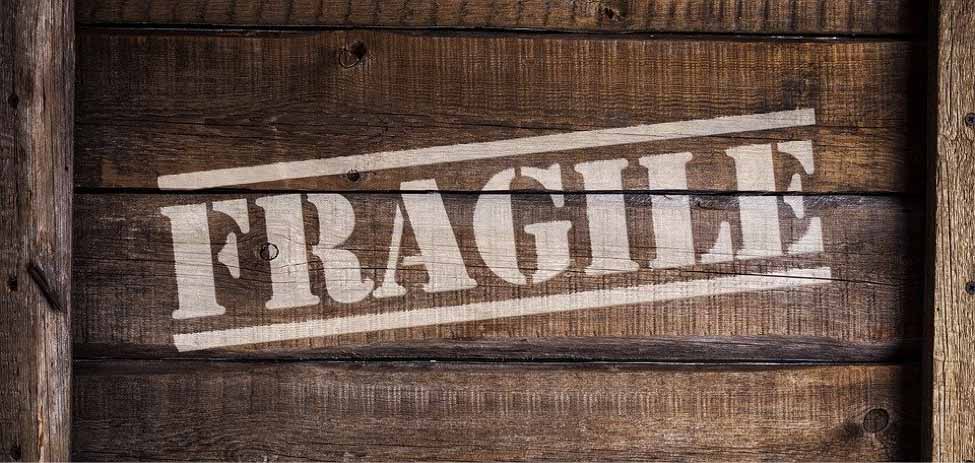
Protecting Fragile Products During Importing
When importing fragile products, it’s a good idea to ensure that you have packaging instructions for the manufacturer in place. Having to wait for a replacement shipment because the factory packed your fragile product which broke due to poor packing is an excruciating, completely unnecessary headache. Here are some tips to mitigate damage from shipping.
Choosing the Right Box
Much of what will help in damage prevention comes from the box you use. If you plan on reusing a box, make sure to inspect it to make sure it’s not damaged or torn from any previous trips. If you’re packing an oddly shaped product, be sure to square off all the angles and fill hollow spaces with cushioning.
It’s good to fill the box with at least 1″ of packaging material from the product and all walls of the box. You may even consider double boxing fragile items for more protection.
When you’re taping the box, be sure to seal all flaps and seams with packing tape, making the shape of an H. Using only one strip of tape for the top and the bottom increases the risk of the tape failing and parts falling out, especially if it is a heavier item.
If you are using a crate, try to have it built as such that the parts will have no room to shift. You’ll want to use adequate packing material.
Padding the Package
You’ll want to fill the package with as much packing material as possible without bowing the sides of the box. Packing material comes in the form of foam peanuts, packing paper, bubble wrap, or air pillows. The core of good packaging comes from the parts inside the box being unable to shift and damage each other. Also, always make sure to add enough packing protection so that anything outside the box that may hit it—such as another box dropping on it, or a person dropping your box on the ground—will lessen the impact.
Getting Insurance
While these steps will greatly reduce the chance of your fragile products being damaged, there is no way to 100% guarantee their safe delivery. While it will cost extra, always make sure to get insurance for your shipment whenever possible. You should contact your sourcing agent or freight forwarder to see what it would cost to insure your shipment.
If you arrange the shipping yourself, you will be responsible for setting up freight insurance.
Have more questions on product shipping? Contact us here.
